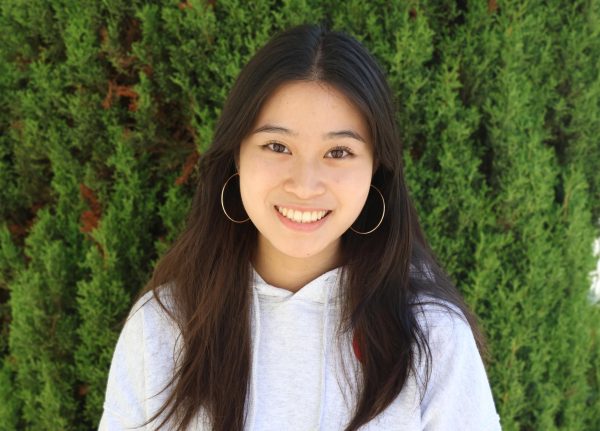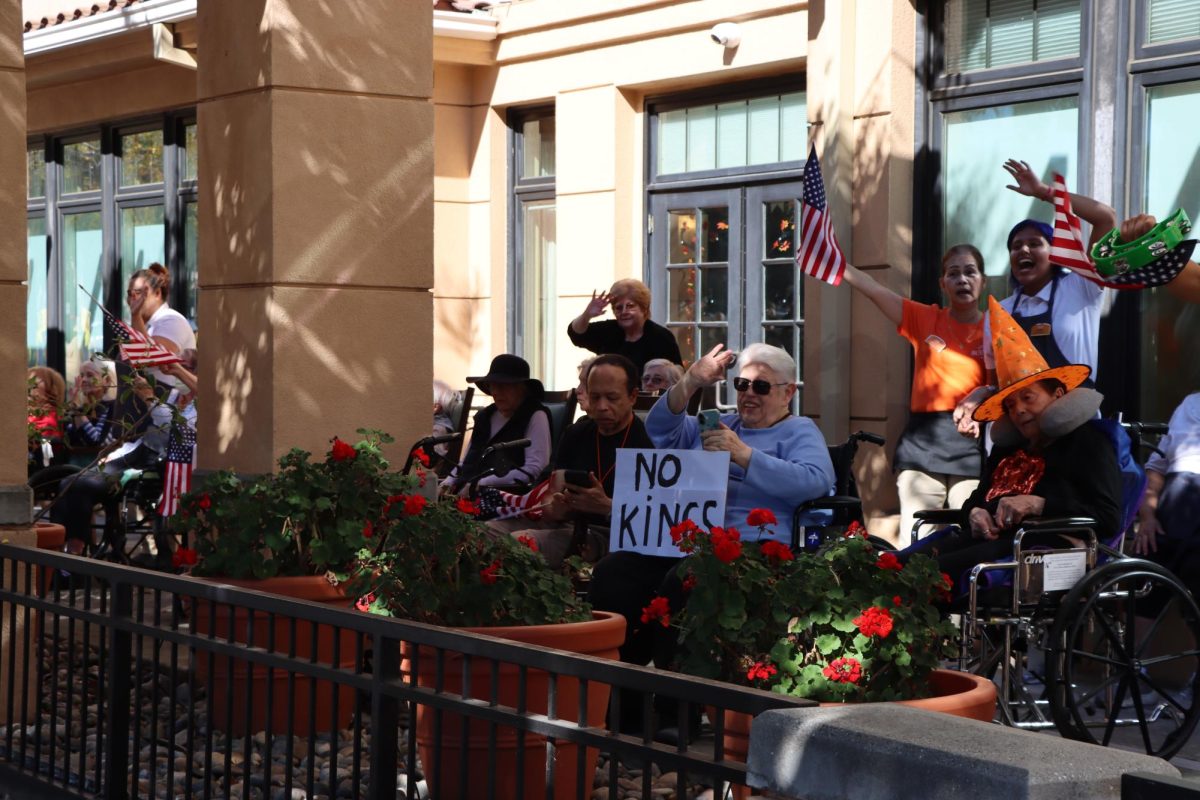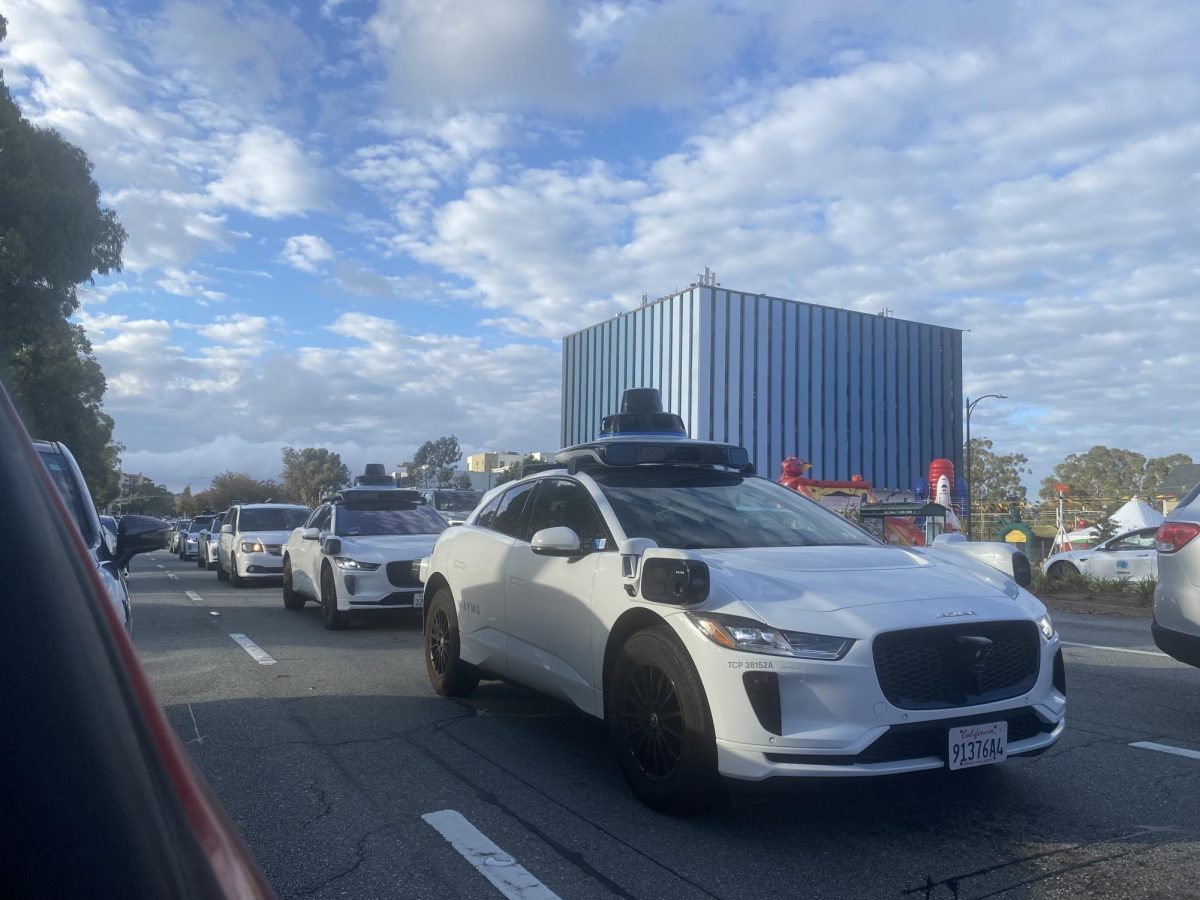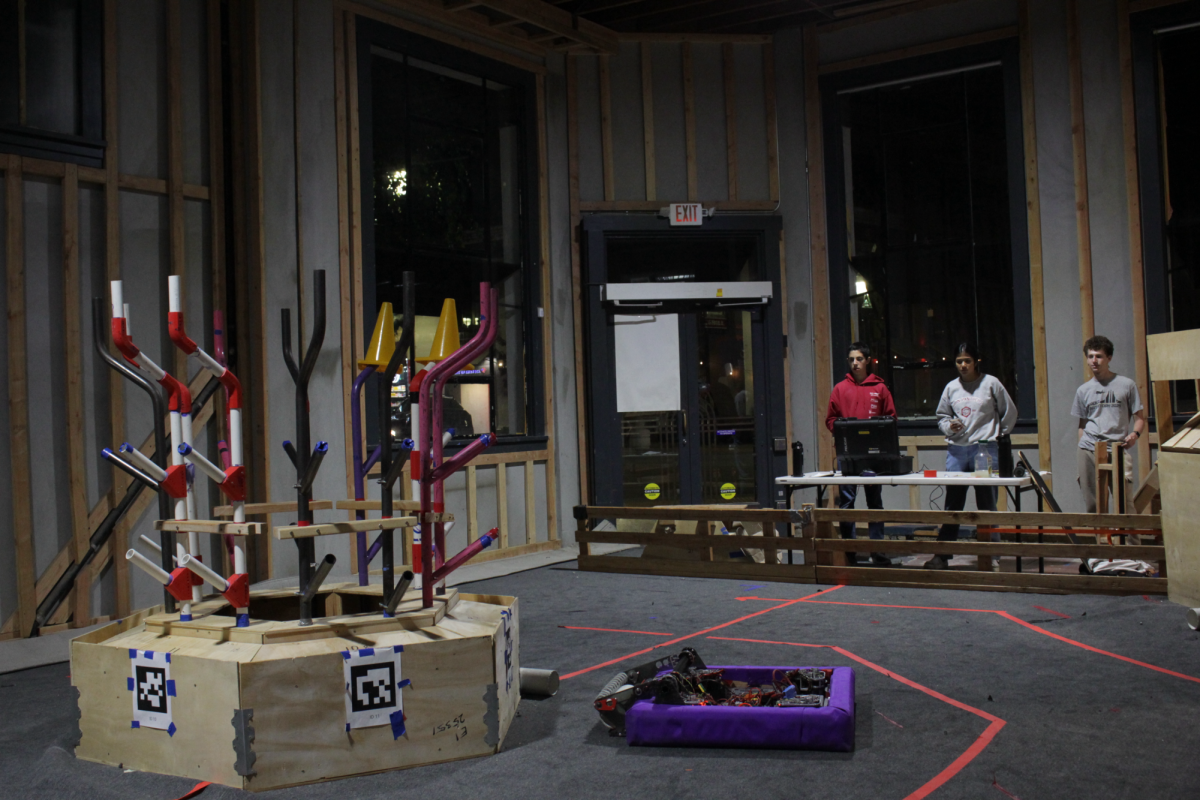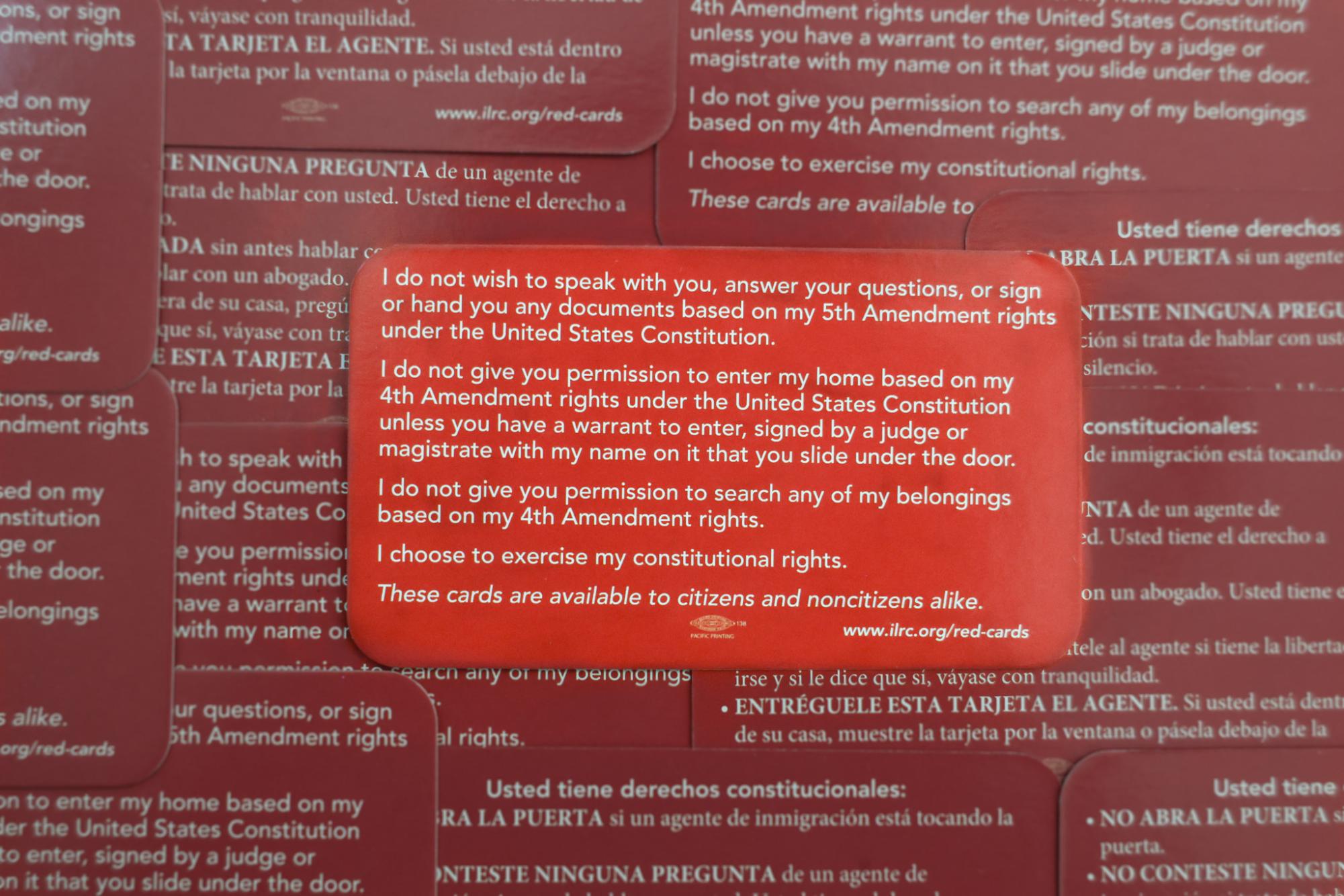
On Jan. 25, two officers from the Department of Homeland Security entered San Mateo High School, requesting information about a student who “posted an online threat towards the federal government,” according to San Mateo High School District (SMUHSD) Superintendent Randall Booker. The school administration declined their request to meet the student because they did not have a judicial warrant or subpoena. The officers left campus without further conflict and later interviewed the student at their home.
Similarly, in fall 2025, an officer from the Department of Defense entered another SMUHSD campus, seeking information about a student and their family without a judicial warrant or subpoena. Again, the officer left without incident.
According to Booker, the district “had a protocol prepared” to address situations like these. In such cases, federal agents either enter campus legally with a judicial warrant and the school administration “helps them with their needs,” or federal agents illegally enter campus and eventually leave without further demands. But in summer 2025, Booker said he began considering new hypotheticals — situations in which officers demand to see someone on campus without a judicial warrant or identification, and are “not listening to directives.”
“Part of my job is to think hypothetically to keep our students, educators, and families safe while they’re in my care,” Booker said. “… So picture this: someone, or a group of someones, comes onto campus with masks, body armor, and automatic and semi-automatic weapons, who do not identify themselves and just come onto campus looking for someone. How would you categorize them?”
On Sept. 19, Booker issued a memorandum to the SMUHSD Board of Trustees, proposing the district’s new emergency response protocol to guide all school sites if unidentified individuals attempt to abduct or remove a student, parent/guardian, or educator from campus without proper identification or a judicial warrant. The Board of Education unanimously approved the protocol during a district board meeting on Sept. 25.
Under this new protocol, staff and administrators must immediately activate a Lockdown/Barricade response outlined in the San Mateo County Big 5 Emergency Protocols if individuals fail to provide federal identification and a judicial warrant.” However, Booker said this protocol differs from the typical Lockdown/Barricade response.
“Remember, the generic Lockdown/Barricade [protocol] is to run, flight, and hide,” Booker said. “It’s a choice. But in this particular procedure, I’m not asking staff to run through that choice. I want them to Lockdown/Barricade — stay put…There’s a little bit of confusion in that because we’ve trained all along that educators have an in-the-moment decision to make. But when a Lockdown/Barricade is initiated, I would like them to strictly lock down.”
In an email to all SMUHSD educators, Booker referenced Assembly Bill 49 (AB 49) and Senate Bill 98 (SB 98), which Gov. Gavin Newsom signed into law Sept. 20. AB 49 prohibits schools from allowing immigration enforcement officers to enter nonpublic areas on school grounds without valid identification and restricts the release of student records, including immigration-related information. SB 98 requires all county offices of education to create procedures for notifying parents and staff when immigration enforcement officers are on campus. Booker said both laws reaffirm SMUHSD’s existing guidelines and the new emergency response protocol.
Since President Donald Trump took office in January 2025, Immigration and Customs Enforcement (ICE) officials have been reported wearing masks and plainclothes more frequently during enforcement actions, sometimes without visible identification. Combined with the U.S. Coast Guard’s confirmation that the Trump administration deployed more than 100 federal agents to the Bay Area for an immigration enforcement operation on Wednesday, Oct. 22, the current political climate has created a “heightened level of fear,” according to Rachel Lauderdale, co-executive director and board president of Empowerment Through Action, a program serving historically underrepresented communities at Hillsdale High School.
An anonymous student source* said the new emergency protocol serves as a reminder of their individual rights and the existing safety measures on campus.
“I feel safer at school than outside of school because sometimes it feels like they will go after me. But at school, I have more protection in case something happens. It shows that there are people that still care about us and will protect us,” the anonymous source said, referring to the new emergency response protocol.
For English 1 and Community Literacy in Action (CLA) teacher Kelly Hensley, teaching multilingual students has “always been a part of his educational experience.” Because of the smaller, more personalized class sizes, Hensley said many of his multilingual learners often come to him to discuss personal problems, including their immigration status. However, he said this has changed since the last school year due to increased tensions surrounding immigration enforcement.
“I just said we should not, for safety reasons, talk about our immigration status,” Hensley said. “It’s a way to protect yourself. You don’t know who you can trust sometimes, so it’s best if you don’t say anything — that way, you don’t open any doors.”
Through Empowerment Through Action and other programs, Lauderdale often works with the district’s “most vulnerable families.” Lauderdale said her status as a white person has allowed her to protect undocumented and mixed-status families.
“As people who hold that power and privilege, how do we set up systems that really protect that community as much as possible?” Lauderdale said. “A part of that is, we’re not going to talk about those services out loud as much as we usually would. We’re going to protect our communities by not telling people where we do these things, how we’re doing them, and we make sure that the families understand the protections that we have put in place for them so they still feel safe accessing those resources.”
Lauderdale said she appreciates the district for thinking ahead and being “proactive versus reactive,” especially given the country’s current administration and political climate.
“I think any student of color who has been affected by the language used by our administration, the language used across platforms to put people down, has created this big sense of unsafety and given permission for students and other adults to use really horrible, hateful language,” Lauderdale said. “So not only do we have to fear ICE agents on our campus, we now have this new climate that has given permission for people to be really hateful, and it’s only become harder for our most marginalized group of students and families to feel safe.”
*This source was granted anonymity because of physical and legal safety concerns. For more information, read through the B’s anonymous policy.
Your donation will support the student journalists of Burlingame High School - CA. Your contribution will allow us to purchase equipment and cover our annual website hosting costs.
